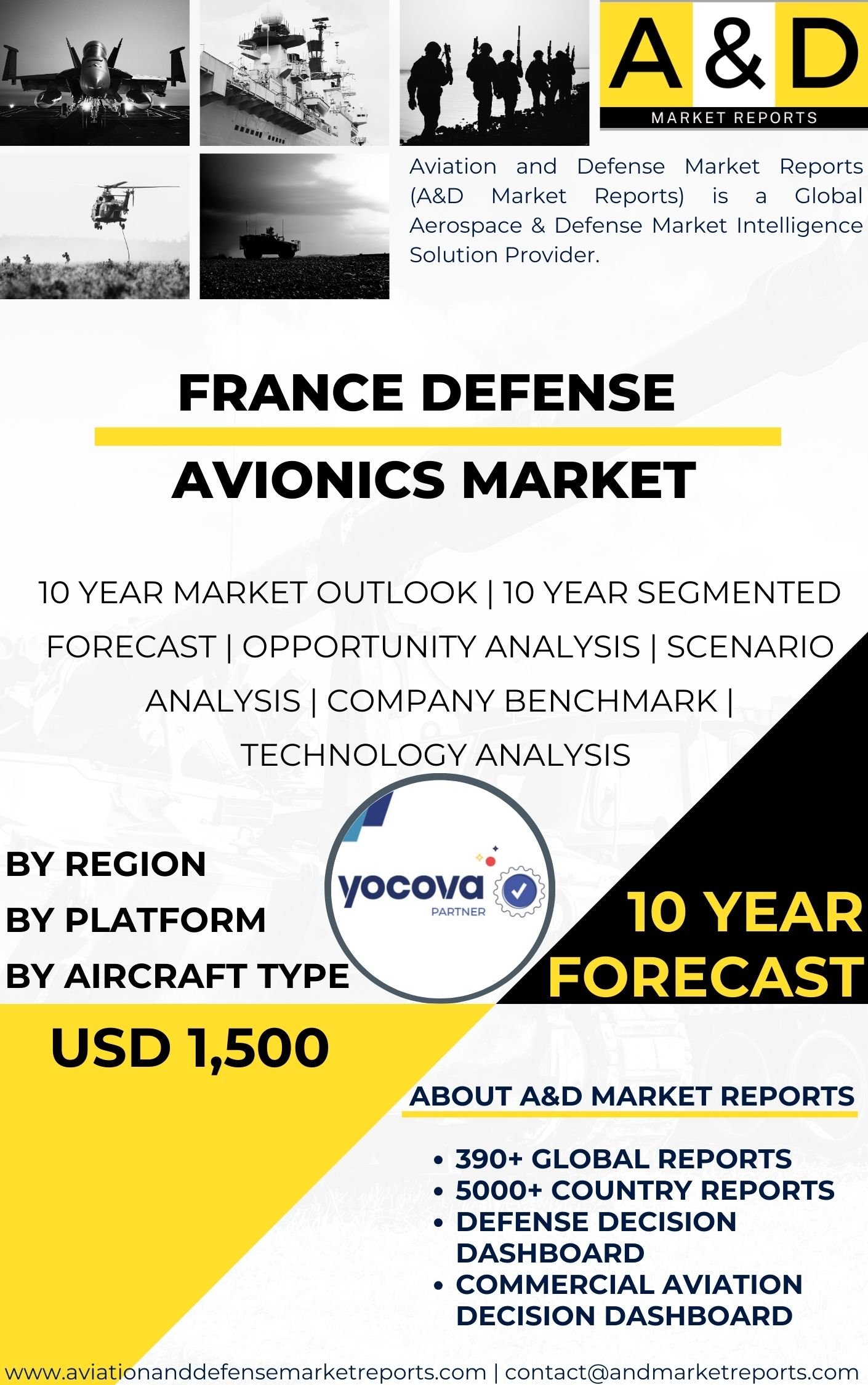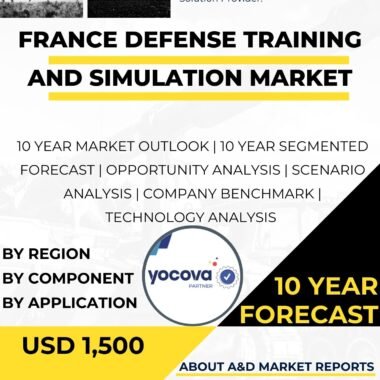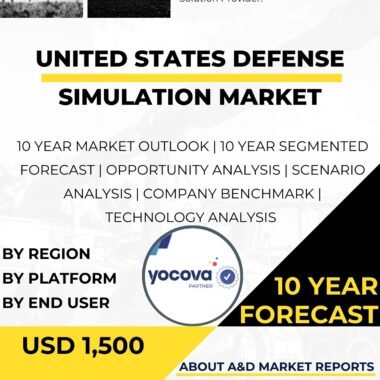Description
The defense avionics market in France is a critical and rapidly evolving segment of the country’s defense industry, playing a significant role in enhancing the capabilities and performance of military aircraft. Avionics refers to the electronic systems used in aircraft for navigation, communication, surveillance, and mission control. France has been actively investing in the research, development, and adoption of advanced avionics technologies to maintain its position as a leading force in military aviation. This essay provides an overview of France’s defense avionics market, focusing on its significance, key players, technology advancements, applications, policy considerations, and future prospects.
The significance of France’s defense avionics market lies in its role as a vital enabler of modern military aircraft operations. Avionics systems provide essential functions that ensure safe and effective flight, precise navigation, effective communication, and the successful execution of various defense missions. The integration of cutting-edge avionics technologies enhances the operational readiness and combat effectiveness of France’s armed forces.
Key players in France’s defense avionics market include government research institutions, defense companies, and private sector technology providers. The French Ministry of Armed Forces, through its research and development agencies, plays a central role in overseeing the development and adoption of avionics technologies for the country’s defense aircraft. Private defense companies such as Dassault Aviation, Thales, and Safran have been at the forefront of developing and integrating advanced avionics solutions.
Technological advancements have been instrumental in shaping the growth of France’s defense avionics market. Innovations in sensor technology, data processing, software development, and communication systems have led to the development of more sophisticated and capable avionics systems. Advanced avionics technologies enable enhanced situational awareness, precision targeting, and efficient data sharing between aircraft and ground control.
The applications of defense avionics in France are diverse and critical for various defense aircraft platforms. One of the primary applications is in navigation and flight control systems. Avionics systems provide pilots with critical information about the aircraft’s position, altitude, airspeed, and heading, ensuring safe and accurate flight.
Furthermore, avionics systems are used for communication and data sharing between aircraft and ground control. Advanced communication systems enable real-time data transmission, voice communication, and secure information exchange, improving coordination and decision-making during missions.
Moreover, defense avionics play a significant role in surveillance and reconnaissance operations. Avionics systems equipped with advanced sensors and imaging technologies enable the detection and identification of ground and aerial targets, supporting intelligence-gathering missions.
Additionally, avionics technologies are essential for mission control and weapon systems management. Avionics systems enable the integration and control of various onboard weapons, ensuring precise targeting and effective execution of defense missions.
France’s defense avionics market has also been influenced by policy considerations. The country adheres to international regulations and security standards concerning the development and export of avionics technologies. Additionally, national policies prioritize investments in research and development to foster innovation and maintain a competitive advantage in defense technology.
Looking ahead, the future prospects of France’s defense avionics market are promising. As military aviation requirements continue to evolve, the demand for advanced avionics technologies with improved performance, reliability, and connectivity will continue to grow. The French government’s commitment to modernizing its defense aircraft and adopting cutting-edge technologies will drive the demand for advanced avionics solutions.
However, challenges remain for the market. One such challenge is the need for continuous research and development to stay ahead of evolving aircraft technologies and performance requirements. As aircraft platforms become more advanced and sophisticated, France must invest in cutting-edge research to maintain its position as a leader in the global defense avionics market.
Moreover, ensuring the integration and compatibility of avionics systems with different aircraft platforms is crucial to maximize their effectiveness. Streamlining development processes and optimizing system architectures are essential to meet the demands of various defense applications.
To address these challenges and seize opportunities, France’s defense avionics market must focus on continuous innovation and collaboration. Emphasizing research and development efforts in sensor technology, data processing, and communication systems will enable the production of more efficient and reliable avionics solutions.
In conclusion, France’s defense avionics market is a critical component of its defense industry, providing essential capabilities for enhancing the capabilities and performance of defense aircraft. Key players, technology advancements, applications, policy considerations, and future prospects all contribute to the market’s significance. The future prospects of the market are promising, driven by the increasing demand for advanced avionics technologies to enhance military capabilities and maintain France’s position as a technologically advanced military power. By maintaining its focus on innovation, quality, and international cooperation, France can continue to strengthen its position in the global defense avionics market.




